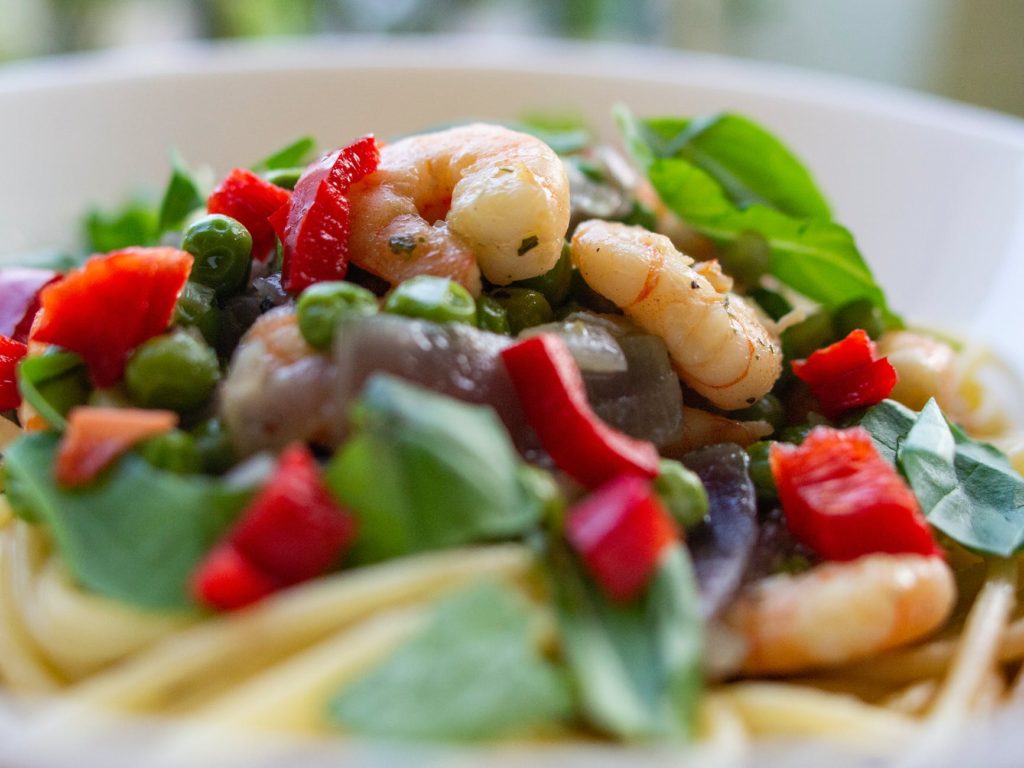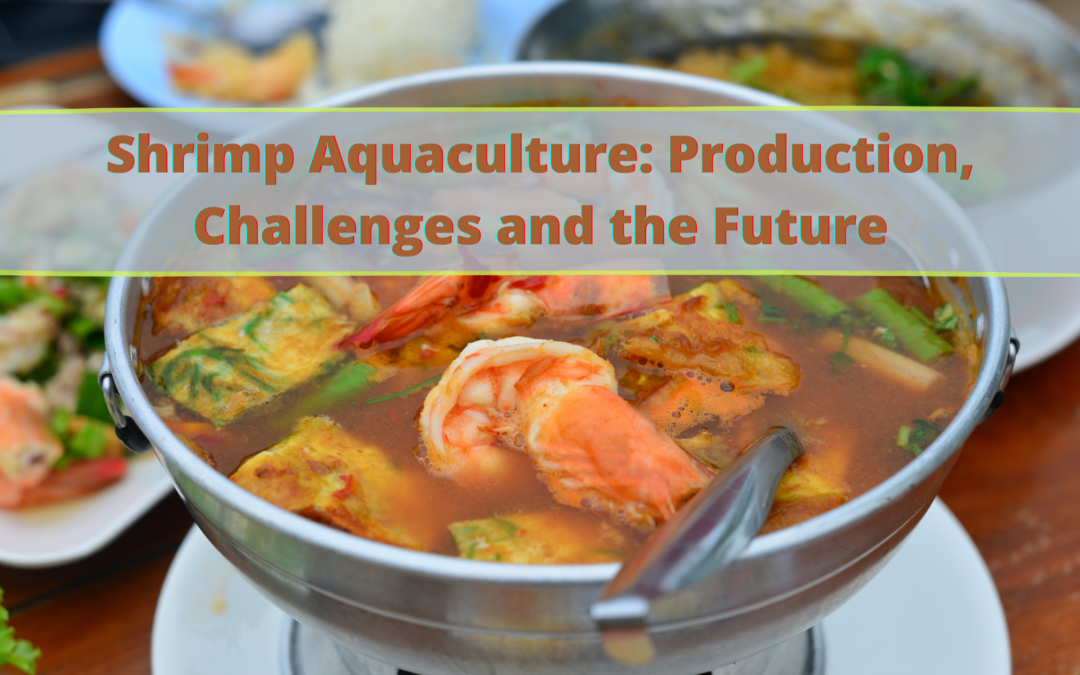Aquaculture has become an important source of food for the increasing world population. Shrimp aquaculture has greatly increased through the years and the trend is likely to continue accelerating with the increasing demand for seafood. Shrimp farmers help with minimizing the impact of the practice on the ecosystem through the development and also the implementation of an environment that’s biodiversity focused.
For successful production, shrimp farmers are expected to measure the quality of water to ascertain the levels of nitrogen, oxygen, and phosphorus. The levels of the nutrients should remain at the set limits. The treatment systems or wastewater should comply with the set requirements if a high survival environment is to be created for the shrimps.
Global Production
Despite the high production costs and price volatility; the global increase in shrimp production is about 5.7% per annum and that results in 18% by 2020. The United States has gradually increased shrimp by 40% almost from 2013 – 2018. Price volatility has been a key issue to contend with and farmers should consider engaging in measures that ensure consistent supply at the consistent quality if the market is to develop.
The price shocks that the industry normally faces should be mitigated as the production continues to increase.
Industry Challenges
Some of the common industry challenges that shrimp farmers are faced with include; production costs, market prices, and disease. These three challenges have to a great extent constrained the growth of the industry. However, increased innovation alongside technological growth can help with mitigating the challenges. To address the issue of diseases; shrimp farmers should try as much to limit the use of wild fish as an ingredient for feeds.

Use of other ingredients such as soy and palm oil should be encouraged alongside other affordable feeds to help address infections. The availability of sufficient aqua feed ingredients is another issue that requires attention. The farmers should adhere to rigorous requirements to ensure disease outbreaks are minimized. A health plan for the shrimps should be developed and implemented well on the farm. The plan should include steps for biosecurity management, the use of shrimp-free larvae for stocking the pond, and biosecurity management.
Use of medicine before the outbreak of disease should be avoided and medications should be used only under strict conditions. Farmers should organize the ponds in a way that allows for high survival rates.
The Future
Shrimp has a relatively short generation time and that can greatly help when selecting their breeding efforts. The development of improved lines that consists of; specific pathogen-free, specific pathogen-resistant, and specific pathogen tolerant alongside breeding aimed at improving performance in a specific cultural environment will continue to be significant in the future. It’s possible to farm healthier shrimps with improved biosecurity that takes into consideration pond and environment management.
Other areas that will require improvement include pathogen detection and a better understanding of shrimp farming and all that it entails. It will include improved use of probiotics, immune-stimulants, and the development of vaccines that might now seem far-fetched at the moment.
For an in-depth understanding of shrimp aquaculture and all that it entails, consider joining a community of farmers and the Ecolonomic Action Team Community. You will get access to valuable information and information that can be of help with shrimp farming.
P.S: – Would you like to learn more about sustainable aquaculture? Join our EAT FREE Community for online learning opportunity.



